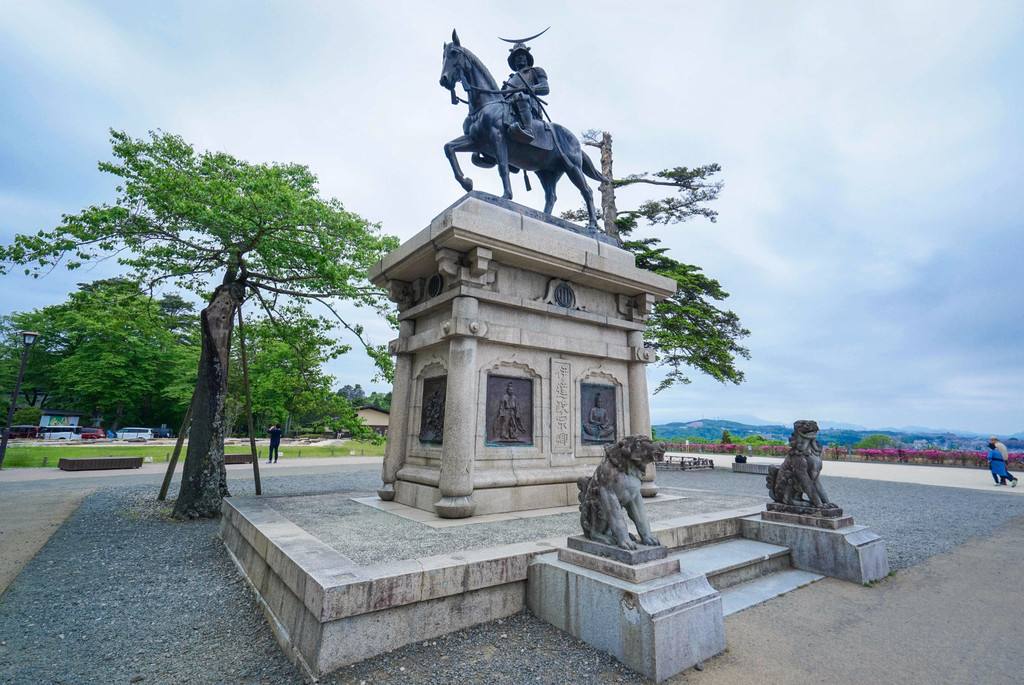Sendai, Japan
October 20, 1980
Changchun and Sendai Established Sister City Relationship

[City Profile]
Sendai-shi (Sendai City) is located on the Pacific side of the northeastern part of Japan's main islands. It is the capital of Japan's Miyagi Prefecture, the political, economic, transportation, cultural and commercial center of northeastern Japan with a total area of 788.08 square kilometers and a population of 1.07 million (2017).
Sendai is a historical and cultural city. In 1600, the famous Ida Masamune in Japanese history was ordered to administrate this area. Since then, more than 260 years after the Meiji Restoration, Sendai was known throughout Japan as the famous "city under cities". In 1889, Sendai City was officially established. In 1989, it was approved by the Japanese government as a designated city.

Sendai has a beautiful scenery and pleasant environment, and is known as a “forest city”. Famous for its shade of trees in Japan, Elm Street is a quiet street winding along Hirosekawa in the city center, and it integrates with large and small theme parks. Therefore Sendai is a modern city in perfect harmony with nature.
[Resources and Industries]
Sendai is a well-known “academic capital” and research base in Japan. There are 17 universities and junior colleges, and more than 47,000 students from Japan and around the world study here. In terms of academics and scientific research, Tohoku University is the most famous (Lu Xun once studied here). Research institutes such as the Institute of Semiconductors, the Institute of Metal Materials, the Institute of Electrical Communication, and the Institute of Electromagnetics, which are co-operated by universities and enterprises, take a lead in advanced technology in the world.
Sendai is a commercial and logistics center in northeastern Japan. The main industry is the tertiary industry, which is mainly based on commerce and service, the output value of which accounts for about 85% of the city's total. There are very few manufacturing companies here while the number of subsidiaries or offices established by major domestic and foreign companies is the largest among cities in Japan. The economic model is also called “subsidiary economy”.
Sendai is a transportation hub in the northeastern Japan. It has Shinkansen and expressways connecting other regions in Japan, six counties in northeastern Japan, the largest port in northeastern Japan, Sendai Port, and the international airport, Sendai Airport. On January 1, 2003, regular routes were opened between Changchun and Sendai.



